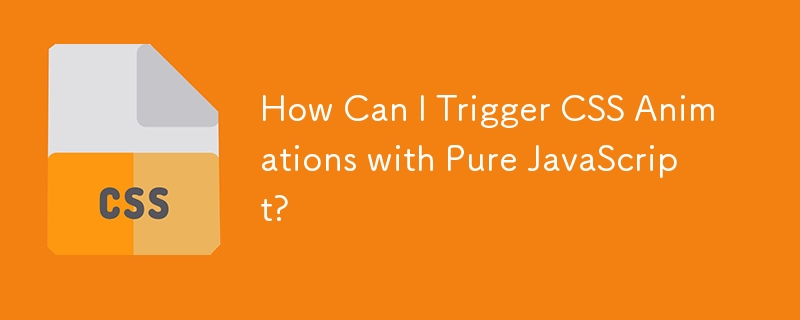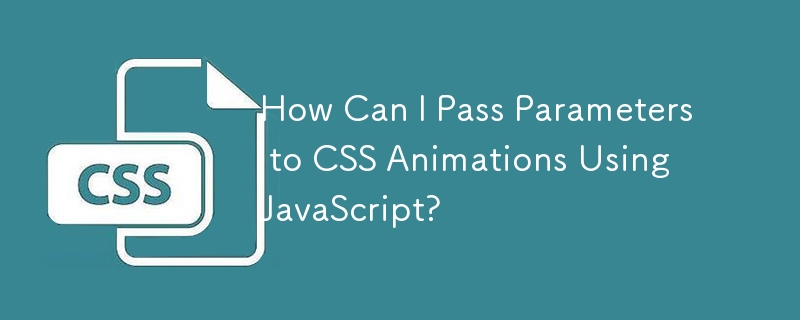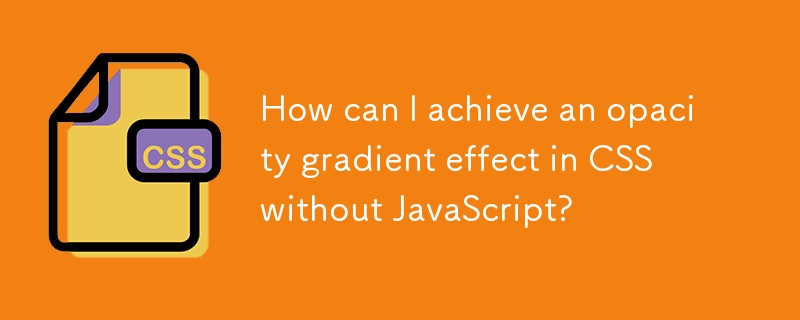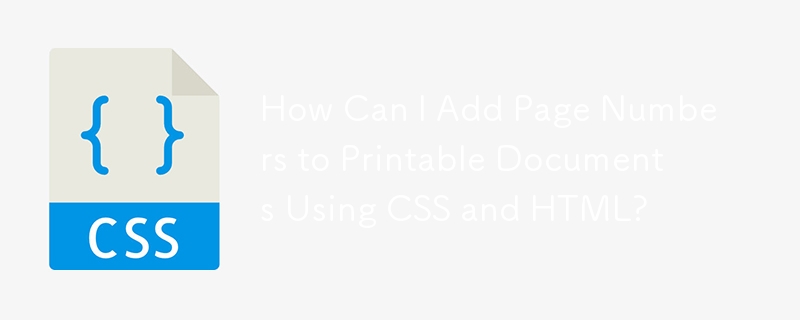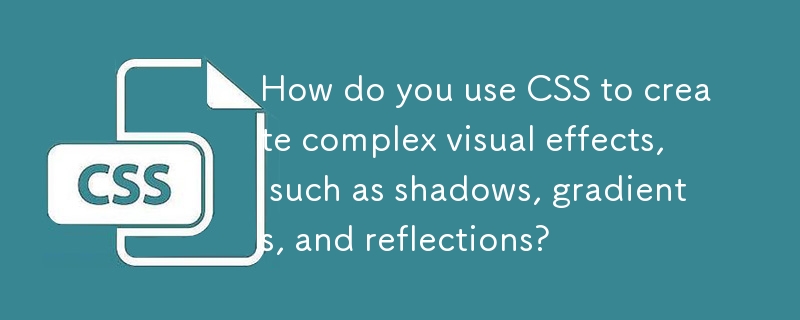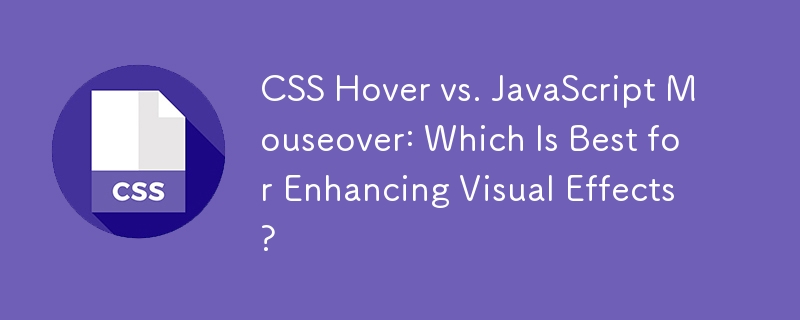Found a total of 10000 related content

HTML, CSS, and JavaScript: Essential Tools for Web Developers
Article Introduction:HTML, CSS and JavaScript are the three pillars of web development. 1. HTML defines the web page structure and uses tags such as, etc. 2. CSS controls the web page style, using selectors and attributes such as color, font-size, etc. 3. JavaScript realizes dynamic effects and interaction, through event monitoring and DOM operations.
2025-04-09
comment 0
1196

10 jQuery Page Peel Plugins
Article Introduction:This post showcases jQuery Page Peel effects, a dynamic web design technique mimicking the act of peeling a page from a book to reveal hidden content. While some older plugins are no longer available, this updated overview presents several options a
2025-02-27
comment 0
1301

What are H5 and JS used for?
Article Introduction:H5 is responsible for the web page structure, defining the location and display methods of elements such as titles, paragraphs, pictures, etc. JS provides interactive and dynamic effects of web pages, handling user events, modifying content and styles. H5 and JS complement each other to jointly build a modern web page with rich features and strong interactiveness.
2025-04-06
comment 0
578

HTML vs. CSS vs. JavaScript: A Comparative Overview
Article Introduction:The roles of HTML, CSS and JavaScript in web development are: HTML is responsible for content structure, CSS is responsible for style, and JavaScript is responsible for dynamic behavior. 1. HTML defines the web page structure and content through tags to ensure semantics. 2. CSS controls the web page style through selectors and attributes to make it beautiful and easy to read. 3. JavaScript controls web page behavior through scripts to achieve dynamic and interactive functions.
2025-04-16
comment 0
1029

HTML: The Structure, CSS: The Style, JavaScript: The Behavior
Article Introduction:The roles of HTML, CSS and JavaScript in web development are: 1. HTML defines the web page structure, 2. CSS controls the web page style, and 3. JavaScript adds dynamic behavior. Together, they build the framework, aesthetics and interactivity of modern websites.
2025-04-18
comment 0
1495

How Can I Change CSS Properties Using JavaScript?
Article Introduction:How to Set CSS Properties in JavaScriptJavaScript enables dynamic control of web page elements, including managing their visual appearance through...
2024-10-27
comment 0
763

How to disable motion effects on websites in Safari?
Article Introduction:To turn off web animations in Safari, there are three ways to do it: one is to enable the system's "reduce dynamic effects" setting, the second is to install the content blocking plug-in on the Mac to block animations, and the third is to use the developer tools to temporarily disable animations. The specific operations are as follows: 1. Go to "Settings" > "Assisted Use" > "Dynamic Effects" on your iPhone and turn on "Reduce Dynamic Effects"; go to "System Settings" > "Assisted Use" > "Show" on your Mac and check "Reduce Dynamic Effects". 2. Mac users can install extensions such as uBlockOrigin to block CSS animations or JavaScript behavior through custom rules. 3. After opening Safari developer mode,
2025-07-11
comment 0
826
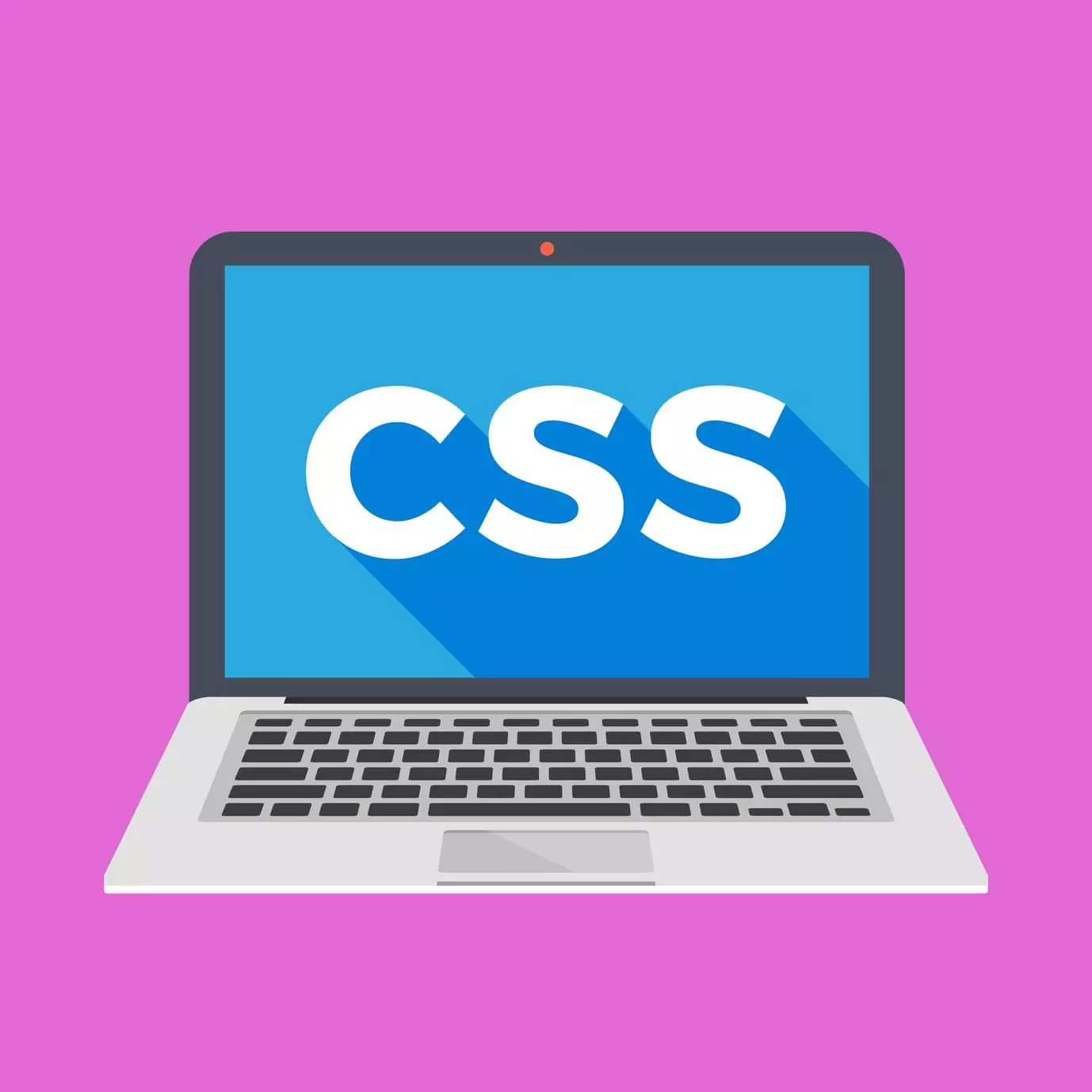
Quick Tip: Add or Remove a CSS Class with Vanilla JavaScript
Article Introduction:Use JavaScript to dynamically add and delete CSS classes to easily manipulate web elements! This article will explain how to use JavaScript's className and classList attributes to efficiently manage CSS classes, and realize dynamic modification of web page elements, such as displaying/hiding menus, highlighting form errors or element animations.
Core points:
JavaScript can be used to dynamically modify page elements based on user interactions (such as showing/hiding menus, highlighting form errors, or animation effects).
className and classList properties are powerful tools for operating CSS classes; className has wider compatibility, while classList is more modern
2025-02-17
comment 0
438
